My favourite thing is to spend time in nature in one place. By time I mean an extended period of hours and days and I was lucky to spend almost 2 weeks at one of my favourite places in late 2023. I have previously spent up to 5 days at this location but on this occasion the extra time was a delight. The conditions of weather, wind and tide change every day. Walking the same path once or twice a day reveals the patterns and rhythms of nature and the habits and routines of the creatures that live in our world with us. I got to know a number of my fellow creatures personally. Where individual birds lived or were nesting, their territories and when and where they fed. I worked out how to subtly alter my journey to avoid disturbing them and was rewarded with some lovely images that I will be processing for months to come. They became used to me and accustomed to my passage and would ignore me as they understood I was just passing and no threat to them.
I watched Tara nui/Caspian Terns diving for Yellow-eyed mullet and struggle to hold onto their twisting prey. I captured a sequence of images as one dropped a fish and regathered it in mid flight only to lose it again into the estuary.
Others I saw catch a good fish and head over the dunes for the beach. This explained a fresh fish I found lying on the dunes.
My nose led me to a rat that had succumbed to the intensive baiting that was in place to protect the birds as they breed. As each day passed it dissolved into the dunes to feed the foliage.
Only repeated observations over many days let you assemble the puzzle that the clues reveal. The sense of satisfaction that this gives me is hard to describe but it is one of the best ways of feeling like a creature of the world with an appreciation for the subtleties in the rhythms of nature. I appreciate my life the most when I feel part of a bigger picture rather than an uncomfortable piece in a noisy manmade construct of how the world should be.
One of my main targets were Tara iti/Fairy Terns. These are our rarest seabird with only approximately 40 individuals of which I was fortunate to find and photograph 3 pairs for a total of 6 birds. Time and patience taught me their foraging patterns and I was able to position myself and wait for them to pass on their foraging flights. The delight of having such precious little things hovering overhead, plunging in front of me and then turning to fly toward me with their prey almost as though they are showing it off is indescribable.
On more than one occasion they approached close enough to more than fill the frame of my camera. As a result I have a record of a number of individuals with identifiable prey items. In 2023 we ran a citizen science project with BirdsNZ using a photography competition to identify prey items for Tara/White-fronted terns and it was incredible to find the variety of prey items and geographical variation. It was exciting to get a similar, but far smaller, record for these tiny terns.
Sitting in the salt marsh, I had Tara iti fly and land near to me and proceed to courtship feed before flying and landing even closer. Being invisible in the world and ignored by these wild creatures is my greatest delight. To have the time to sit quietly, watch and see allows so much more to reveal itself.
Another benefit of having time and repeated encounters was the option to try higher risk imaging techniques. Usually Tara iti encounters are so rare that you want the best chance of a sharp image but I had the chance to try some slow shutter captures to try and achieve something a little different. Nothing quite like a pelagic trip with repeated albatross passes but nice to have the opportunity to try.
Another of my repeated subjects on this trip was a family of Tūrturiwhatu/NZ Dotterels that included 3 chicks. Recently hatched when we first met them, they thrived and grew rapidly. In our 2 weeks they developed their contour feathers and had their flight feathers appearing before we left. We became quite attached to them and would walk the beach to visit “our chickens” 2 or 3 times a day delighting in their progress. They became quite used to us and especially me crouching low on the beach as I photographed them. On one occasion when a parent issued an alarm call at a passing gull one dashed toward me for cover. They were frequently too close to photograph.

When it came time to leave it was hard to say goodbye and that is what got me thinking about how we can get people invested in nature to maximise the benefit. Personal connections are the most influential and an individual is more relatable than a species, thus more powerful in developing a sense of caring. That is why I feel we need people to be exposed to creatures at an individual level so that they can be enthused and become advocates for nature. Once we care for individuals it is a small step to care for their habitat.
Photos with Nikon Z9 and Nikkor Z 800mm f6.3 VR S or iPhone 14Pro
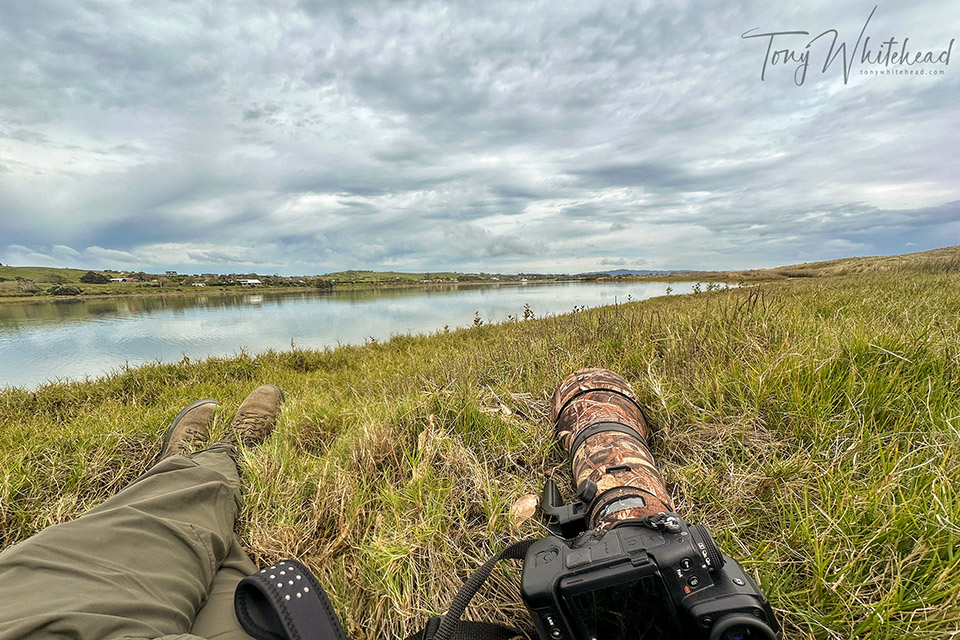
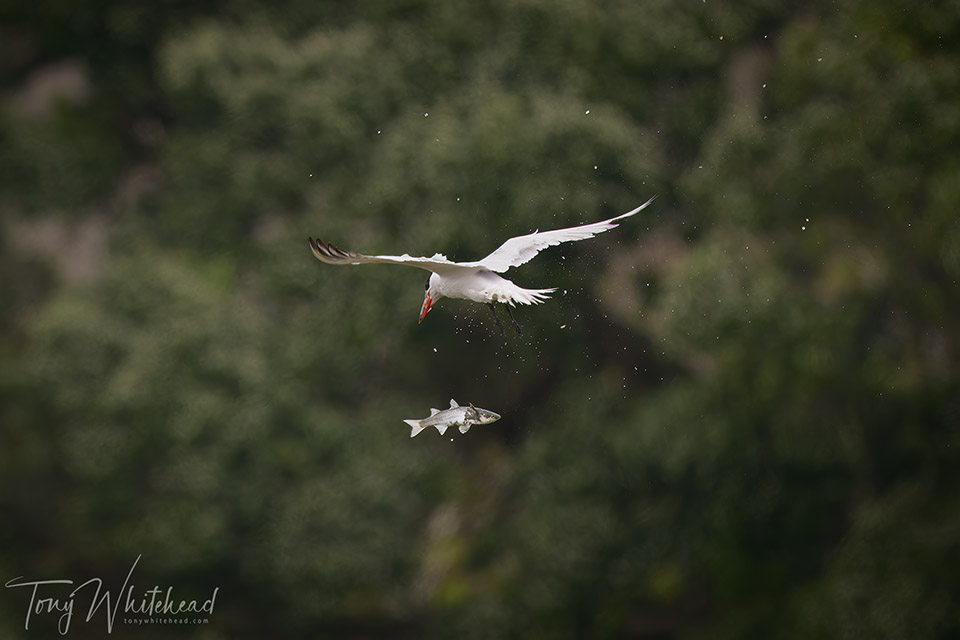

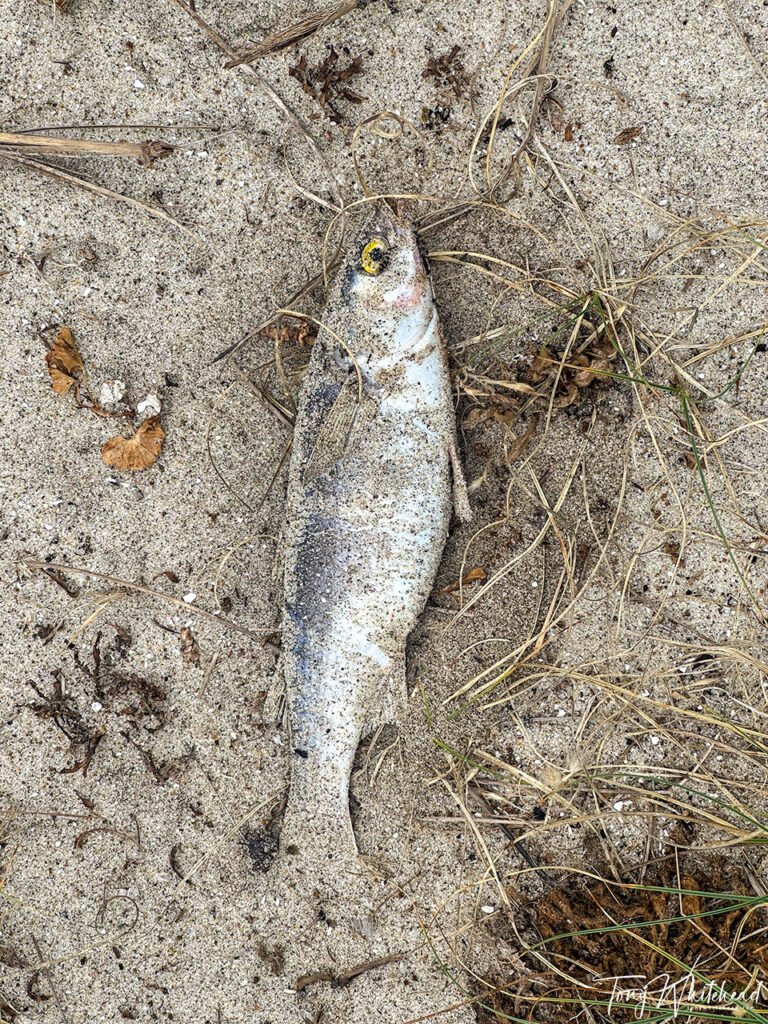
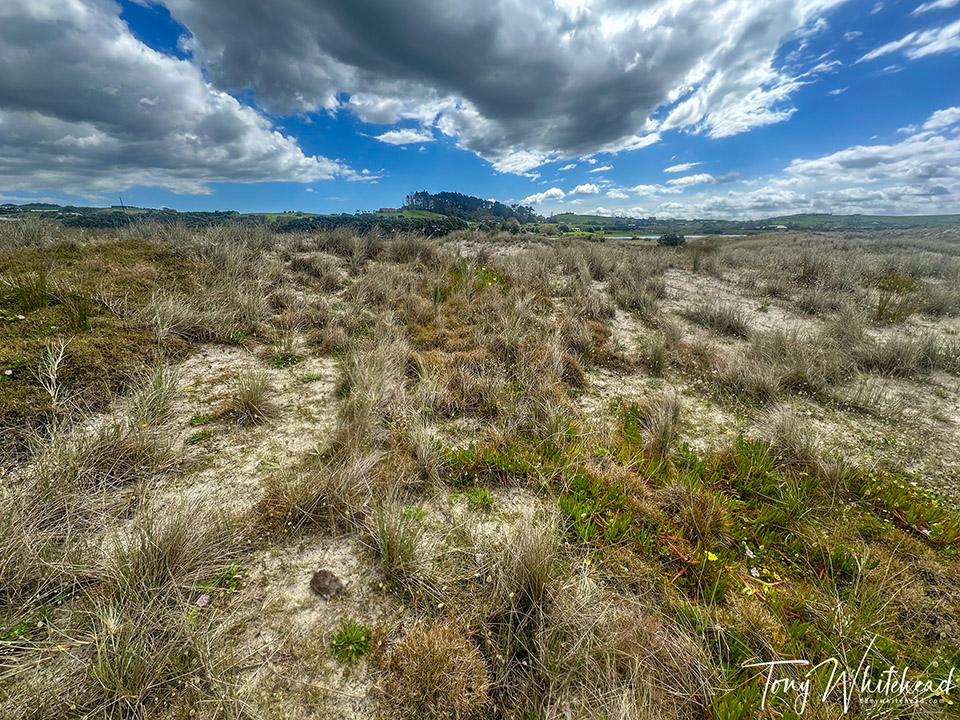
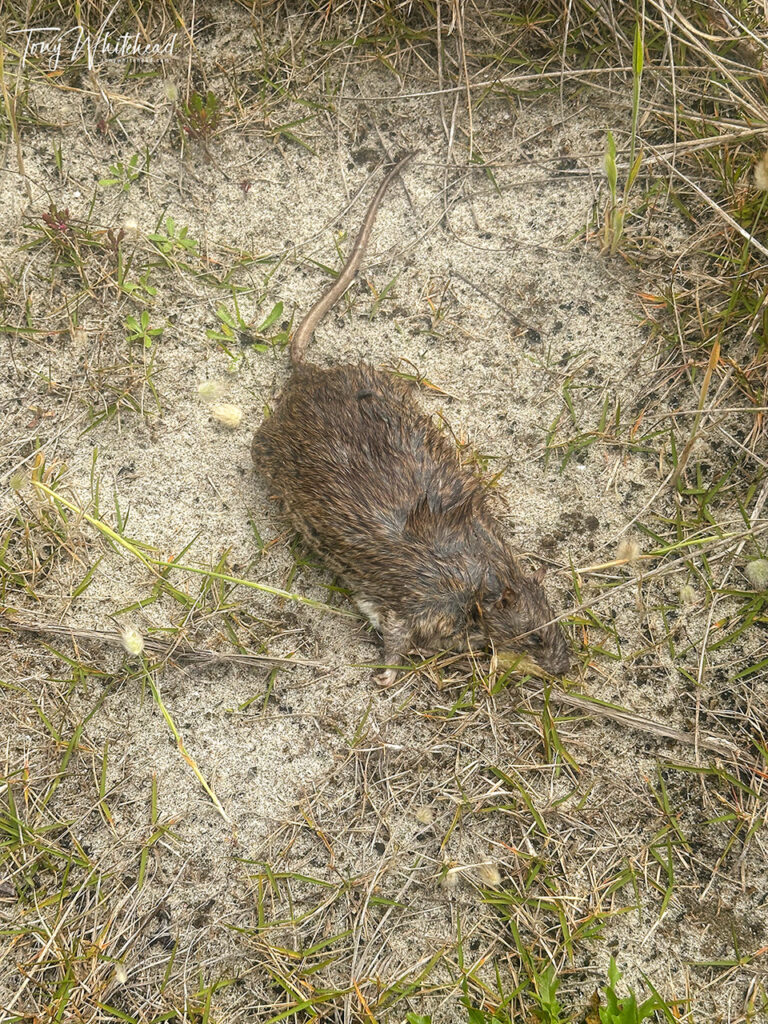



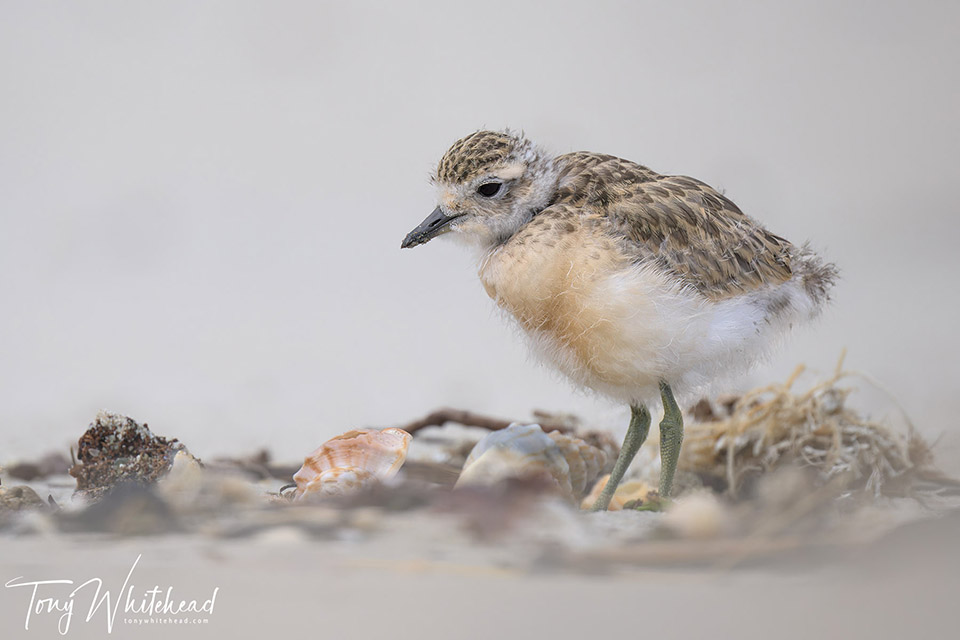
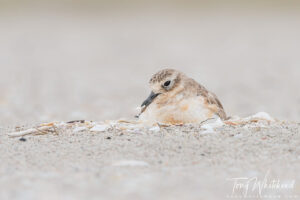

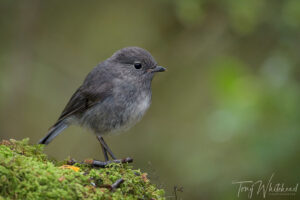
Nicola Lye
7 Jul 2024What a wonderful article! Thanks for sharing with us. And yes, I wholeheartedly agree with you that personal connections are key to us caring for nature and conserving it. I very much enjoy your slow shutter capture of the Fairy Tern.
tony
8 Jul 2024Thanks Nicola. I really appreciate your feedback.